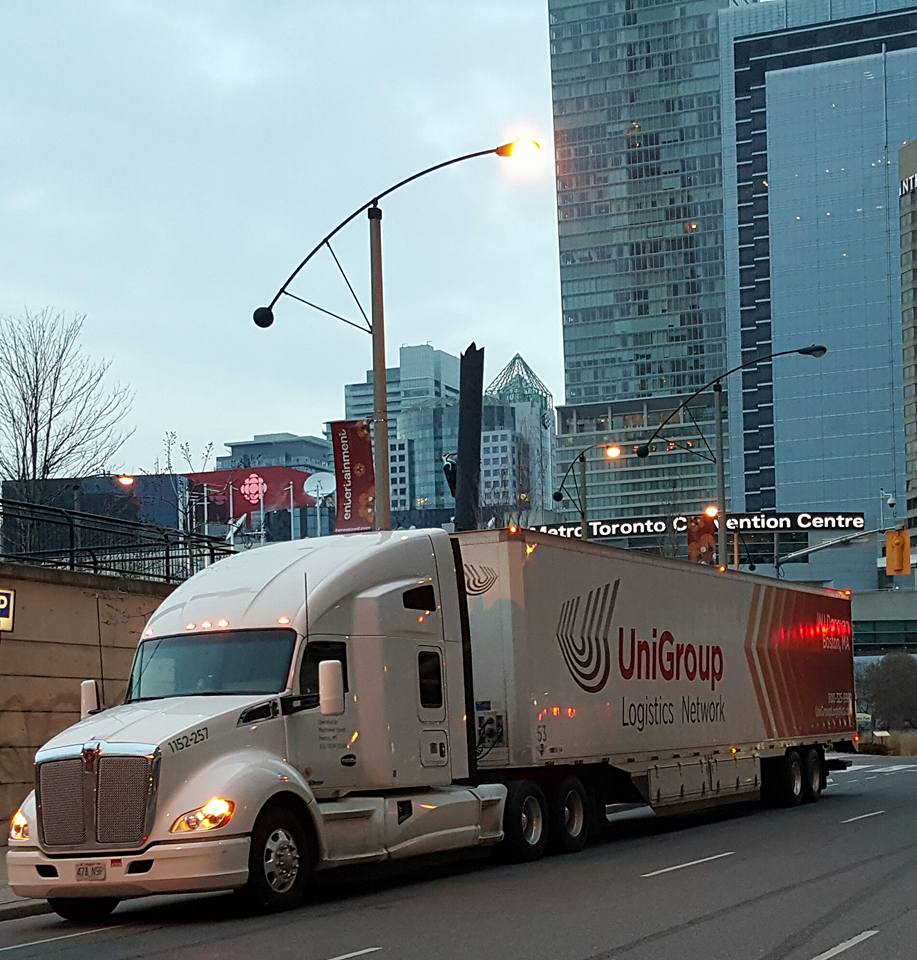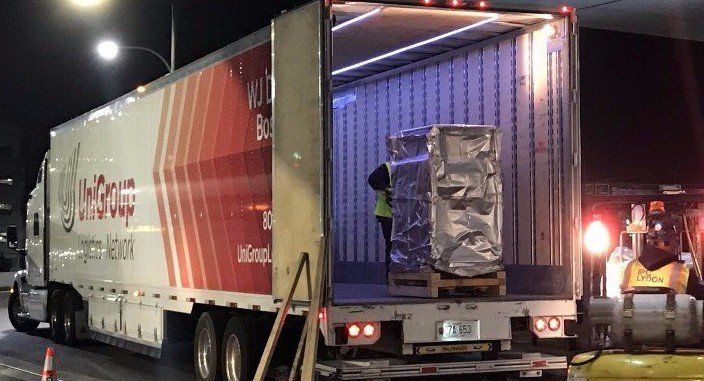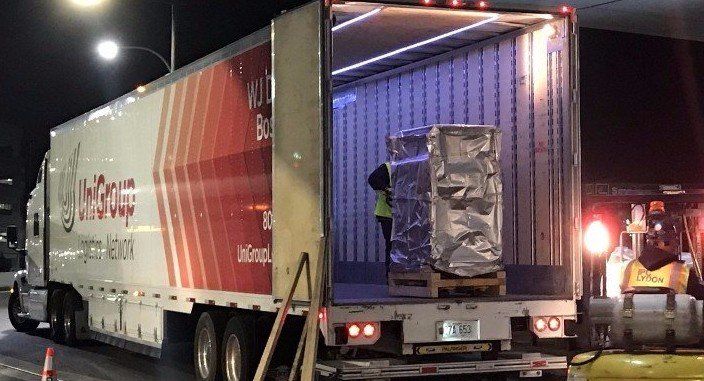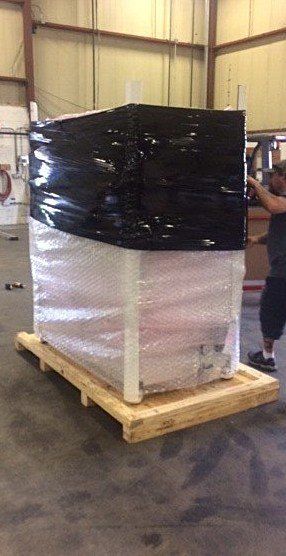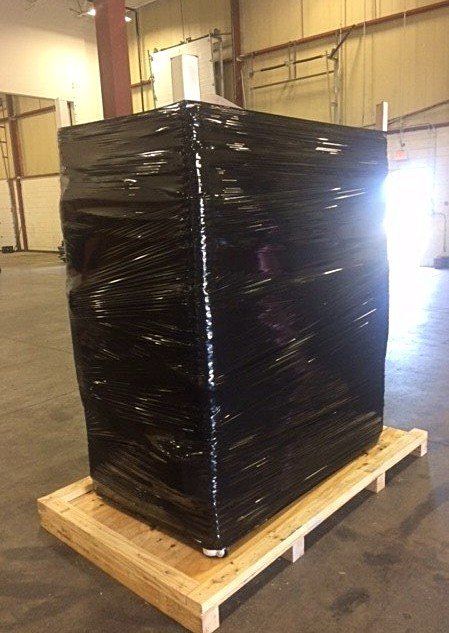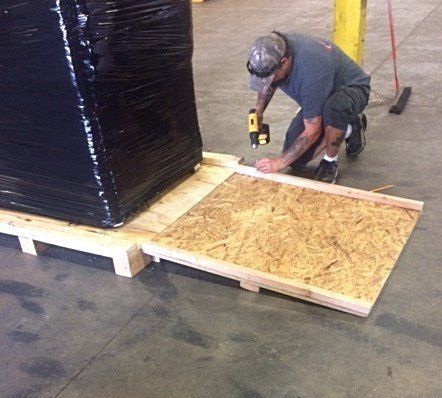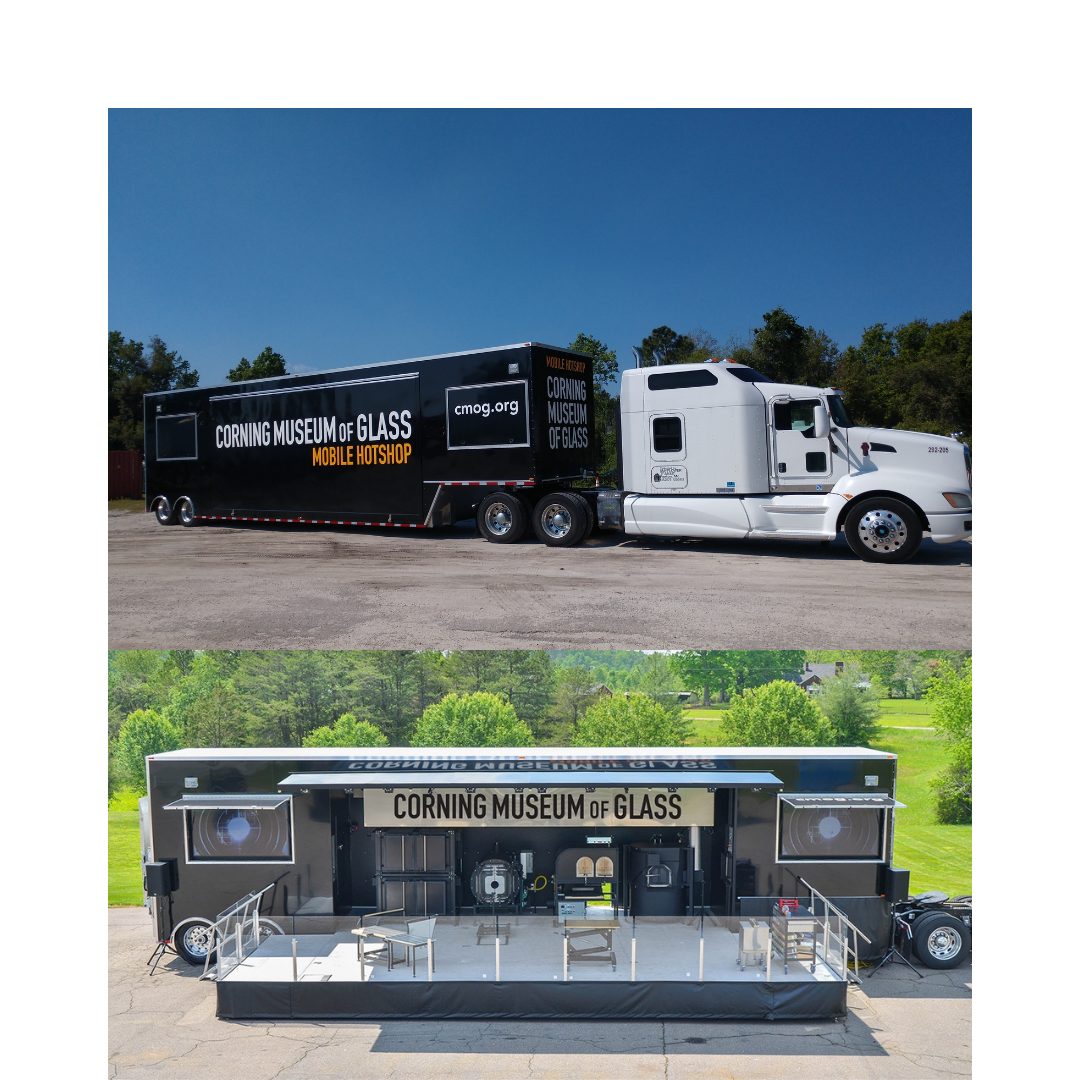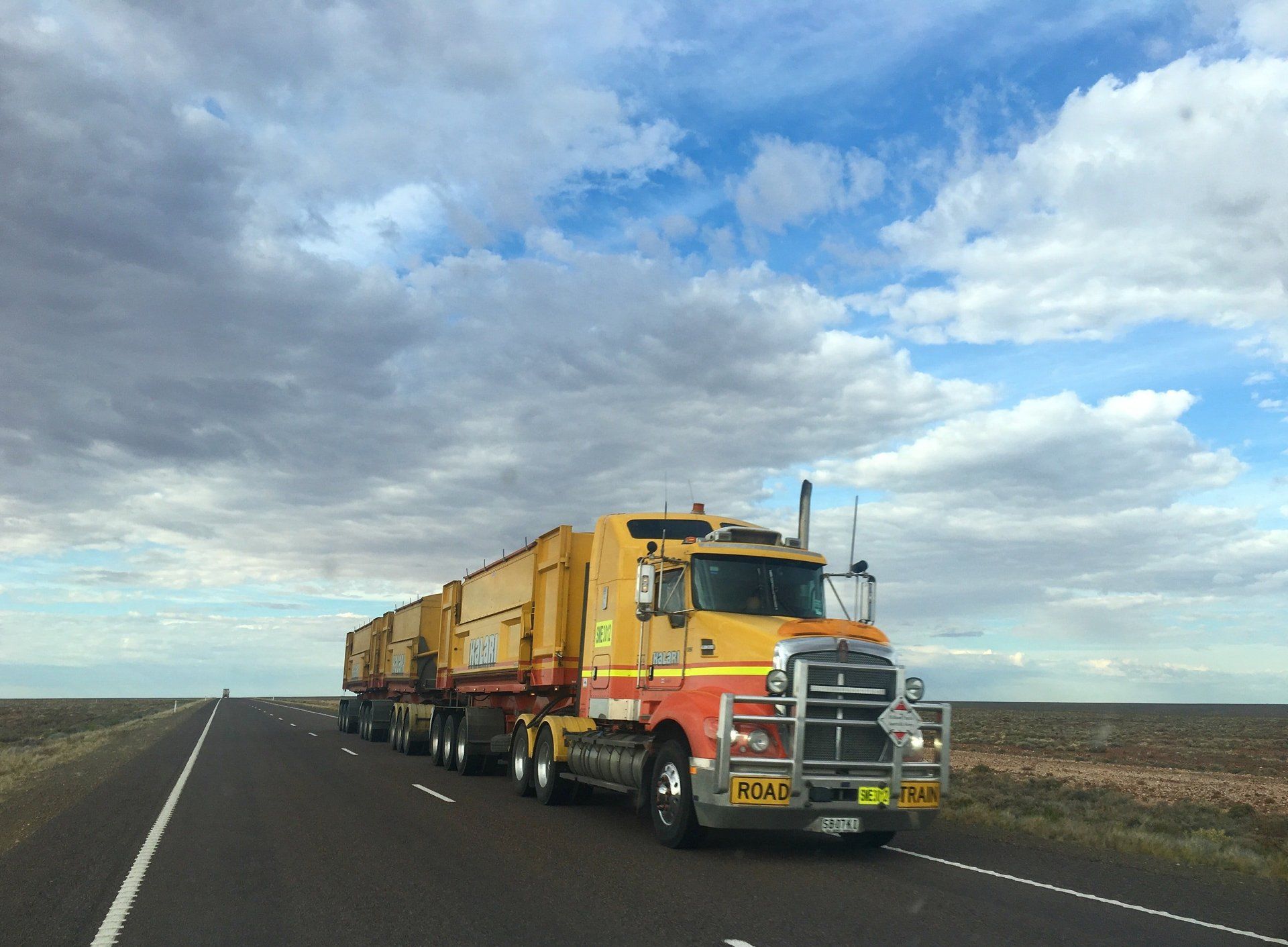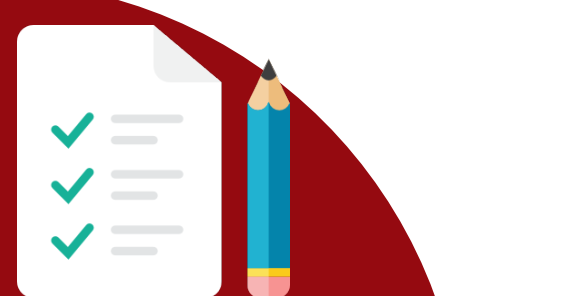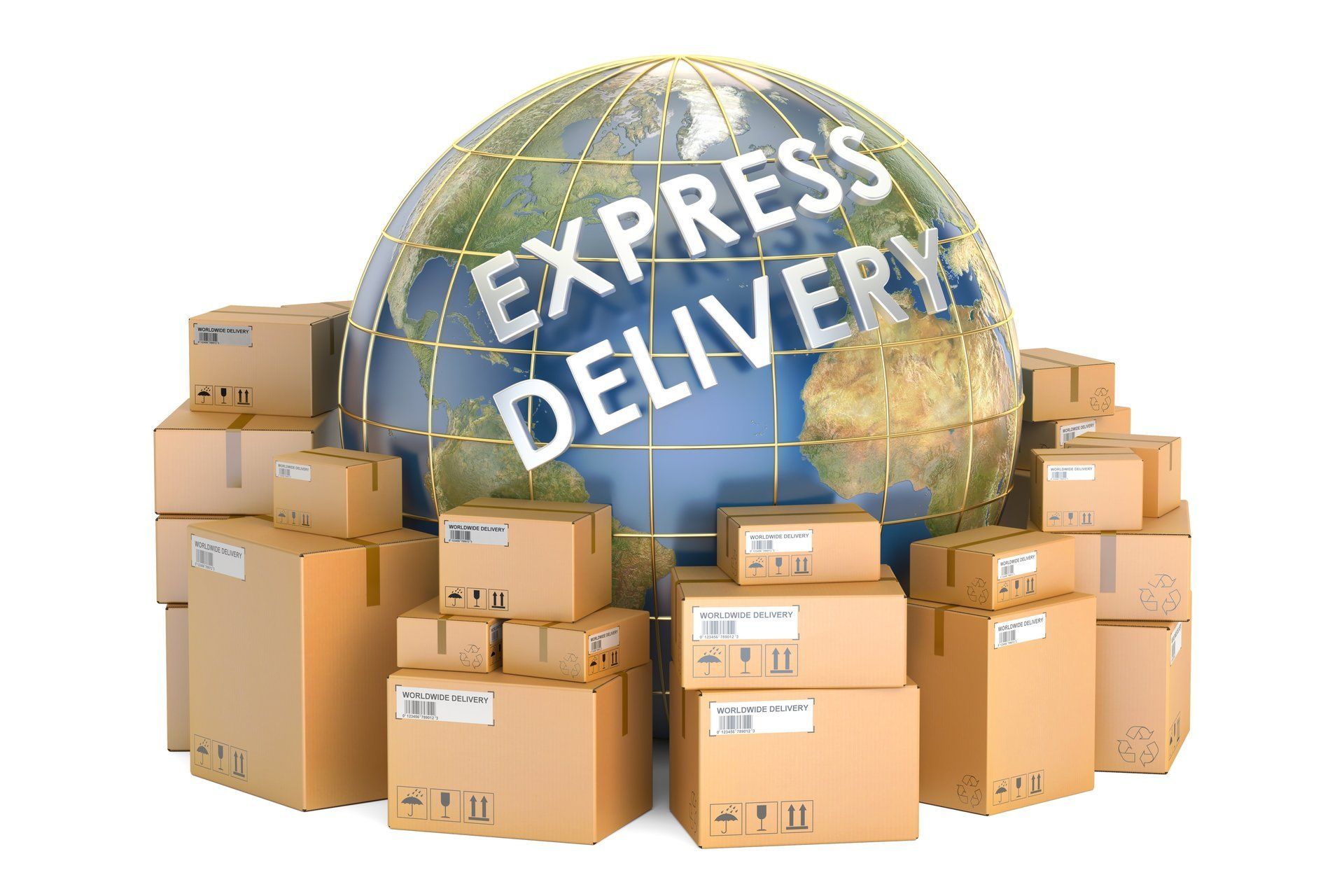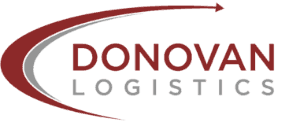Logistics Management- Inside Look at How Donovan Logistics Plans, Packs and Ships High Value Products and Equipment
Logistics, shipping, and operations leaders....
If you are responsible for shipping or managing logistics for a company that provides sensitive, high-value equipment then this post will highlight how Donovan Logistics custom packs, loads and ships each of our client's loads.
We just finished an important delivery for one of our local clients. They had to ship out a few units to their customer's site. These units were high- value, and needed to be protected and transported with extreme care. We do these types of projects everyday. But, this specific job was for my personal client, so I decided to take a closer look at the entire packing and shipping operation from start to finish. This also got me thinking...why don't we share our process? That way our clients can see how their freight is handled, packaged and transported. I thought it would be helpful to give them an inside look of we do it here.
A major concern that our clients have is ensuring that their customer's products get to
their location on time. And, even more importantly, that those products arrive undamaged, in pristine
condition, and in proper calibration (if it's a technical unit). When we talk about high-value, what we;re referring to products and that includes medical equipment, specialty electronics and machinery with sensitive components, retail store fixtures and kiosks, and custom trade show booth materials.
Your clients have invested significant amount of money into purchasing your products. It's safe to say that the sales cycles on these purchases were anywhere from 6 months to a year, and in some cases 2 years. Your company's product development, marketing, sales, and management teams have invested countless hours tailoring a solution that meets the client's exact needs. Legal and sales have worked hard to structure a deal that will provide the most value for the both parties. On top of that, everyone has made sure that great a customer experience throughout the buying process has been delivered.
Now that the contract is signed, it’s up to you to make sure that the product is delivered on time and in perfect condition. So, it only makes sense that you’ll want the safest, most reliable way to transport the final products.
You could choose to go with a common carrier because they tend to have the cheapest line-haul rates. However, this comes with a high-risk factor. Common carriers are all about volume and speed. Speed is a good thing, however, when it comes to products with price tags ranging from $250k to $1M, I'm willing to bet you’d rather that your freight is bulletproof during a long transit time. The main factors our clients care about include:
Time
- Your company has an agreement in place to deliver the product at certain date so the install or implementation team can get the client up and running. Usually, there is a penalty clause built into the contract, meaning for every day it's late, your company gets charged a fee. This fee is a usually a percentage of the final purchase price, which eats into
the company’s profit.
Damage - Neither you nor your client want the headache of dealing with the damaged product. In most cases, the product is custom built for the client's specific needs. Insurance will cover the damage, but it won’t make up for lost time. Not to mention the potential lost revenue this unit will be responsible for producing for the client.
Customer satisfaction and experience
- Customer experience is a soft cost that cannot be overlooked. Delivering a great customer experience is what world class organizations strive for. The customer experience should extend to your transportation and shipping phase as well. On time delivery, pre-calls made to delivery sites, good customer relations on your behalf, clean trucks and professional and courteous drivers are all part of making sure customer expectations are met.
So how do you place a higher guarantee that your product will arrive at your end client on time, undamaged and in proper calibration? One way is by choosing a logistic partner that specializes in high-value freight management and delivery. Padded van lines like Donovan Logistics's main priority is secure transportation.
Let me illustrate the difference in service provided by padded van line, by walking you through each
crucial step of my client's recent project.
Our Unique Process
1. Site survey - When we start a new business relationship with a client we would prefer to conduct a thorough site survey. This gives us a chance to see the actual units up close. This allows to get a good sense of the size, dimensions, weight and note any critical components to be extra cautious of. In addition, it gives a feel for the loading area. This will help ensure we get the right truck. In some cases, a full 53’ trailer won’t be able to get into the driveway or parking lot because it's too tight. After we know all the specifics of the job, we can provide an accurate quote on the line-haul, fuel, labor, insurance, materials, and packing, etc.
2. Schedule pickup - After we determine the cost to wrap, secure and haul the freight, we will schedule the pickup. If this is a time-sensitive delivery with a short window, then we have some choices to talk through.
For one, it may have to go on its own dedicated full truckload to ensure there are no additional stops along the way. Full truckload is more expensive because you're basically purchasing the entire trailer regardless of the amount space being used. However, we've also seen LTL being more expensive in some cases. So we always to do a comparison when providing pricing.
It would be wise to calculate and compare the penalty cost of not delivering on time vs. the higher transportation FT rate. The other route is to go with the less than truckload (LTL) option (where you only purchase the space for your freight that is loaded with other customer's freight).
With a specialty van line like Donovan Logistics, your freight never leaves the trailer that it's originally loaded onto. Alternatively, if you decide to go with a common carrier for an LTL option, it can be less expensive, but there is a real risk of damage occurring. This is because common carriers tend to have multiple breakpoints or hubs that have a constant flow of trucks in and out every day. In other words, your freight is loaded and unloaded and handled up to 12 to 15 times before it arrives at its final destination. If you do not have a tight time frame, then your safest bet is to go with an LTL padded van line over a common carrier.
A padded van line can be more expensive than a common carrier based on the fact that the trailers are, air-ride equipped, have logistics bars and other equipment to secure the load, and the drivers are more experienced and skilled in hauling high-value freight.
The transit time will also take a little longer than a common carrier because the same driver is responsible for all of the stops. Nothing leaves his truck until it reaches its destination. Drivers can only drive 500 miles a day or 1000 miles if it is a team (2 man driver team). The big upside and the primary reason most companies with high-value freight go with a premium van line is freight security factor.
3. Shuttle Pick Up - Next, we send out a straight truck to shuttle the freight back to one of our local warehouses. For this last job, we needed to send a 26’ dry van into Cambridge MA because the area was just too tight to get a full-sized trailer in and out. Plus, we needed to get the units to our own warehouse, which is a controlled environment. Here we have all the necessary resources to get it properly packed, secured and loaded onto a full 53' air-ride trailer.
4. Packaging and protecting - Now here is where you can really notice the difference in the service of van line vs. a common carrier.
Since most of the units that come into our warehouse for shipping have price tags in the six to seven figure range, it’s vitally important that we fully protect them. Now, van lines like Donovan Logistics offer pad wrap services. Crating is usually unnecessary because of the types of materials we use to package and protect. If a client really wants it crated, then we can accommodate the request, but we have to have them specially fabricated which adds more time and cost.
Here’s the process we went through for this client's project.
One of the units we were shipping required additional support and protection due it's size, weight, and sensitivity. It was going out West to San Francisco, and was purchased by a life sciences company from our client. It'll be used for important science things! In other words, it’s expensive- breaking it would be bad.
Once the unit was in our warehouse, we fully knew what we were dealing with and what had to be done to ensure the safest transit.
First, our warehouse manager and crew built a custom platform so that the
unit could not move during transit. They built it using a standard sized pallet and then added a flat platform with sides.
Once the machine was loaded onto the platform, we had to lift it and place padded wooden blocks under the frame because the wheels could not touch the ground. A layer of dust-resistant wrapping was then placed around the unit.
We also took extra precautions with the sensitive internal and glass components. Our team placed additional padding and cardboard to further project those parts.
Next, we placed tough corrugated sides to all the exposed edges for extra protection. The crew then wrapped a couple layers of bubble wrapping to absorb any shock that may occur during the ride.
Finally, it was wrapped in high strength shrink
wrap and banded to further ensure it doesn’t shift or move. We also drilled holes on each side of the platform and ran the banding
through them, up and around the unit. One more thing to note is that we also built a ramp and attached
it to the platform so that during unloading there would be two options...either a
rigger could take it off the truck or it could be unloaded by wheeling down the
platform. (See images below).
5. Transit - Once the driver is loaded, he will get on the road. His truck route progress is tracked through GPS where he updated it regularly so we know where he is. Our clients receive daily updates and we can report to their customers as well.
6. Delivery -Our drivers always arrive in clean, modern truck, make a pre-call and professional….ensuring that the customer is happy.For this job, when the driver delivered the unit, he was met by a third party rigging crew to assist with the unloading.
As you can see, our crew puts a good amount of time and effort to ensure that our clients' freight is handled with extreme care the entire time it is in our possession.
A specialty van line like Donovan Logistics can seem like a more expensive option upfront than a common carrier. However, our clients tell us that us that the peace of mind that comes with knowing their freight is in good hands is worth it.
If you would like to learn more about how we work with logistics professionals like you. Please contact us to schedule a time to talk. During our strategy call, we will identify the top ways you can improve your shipping.
Donovan Logistics helps shippers of high value equipment - such as trade show booths, retail fixtures, lab and medical equipment, electronics and machinery - deliver their products safely while ensuring they arrive on time.
